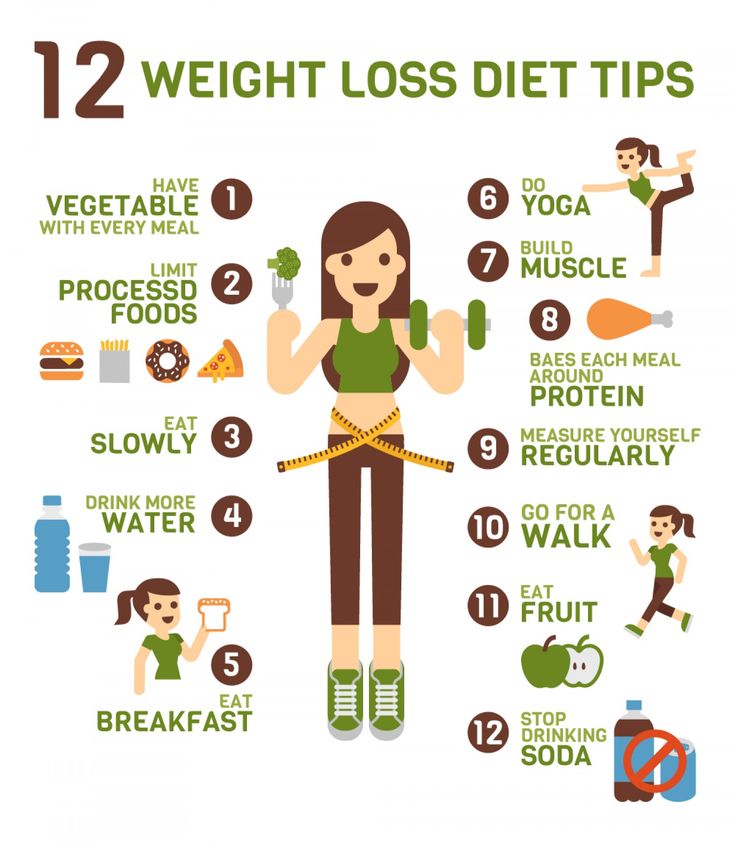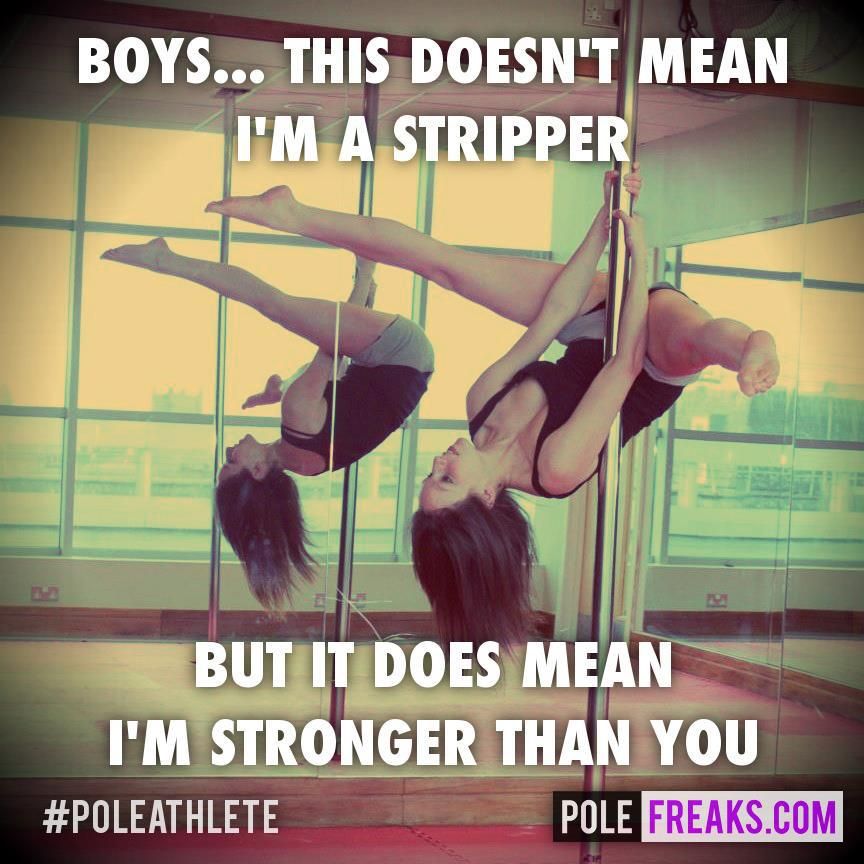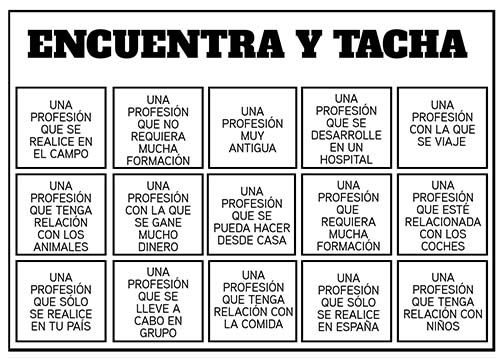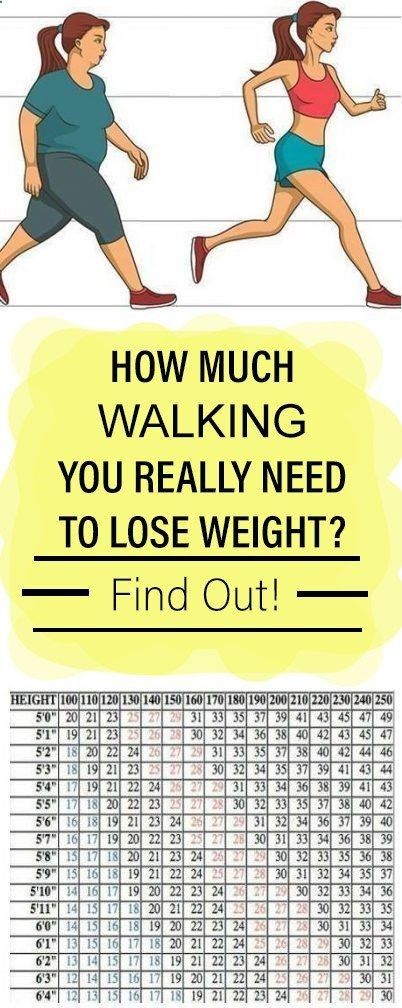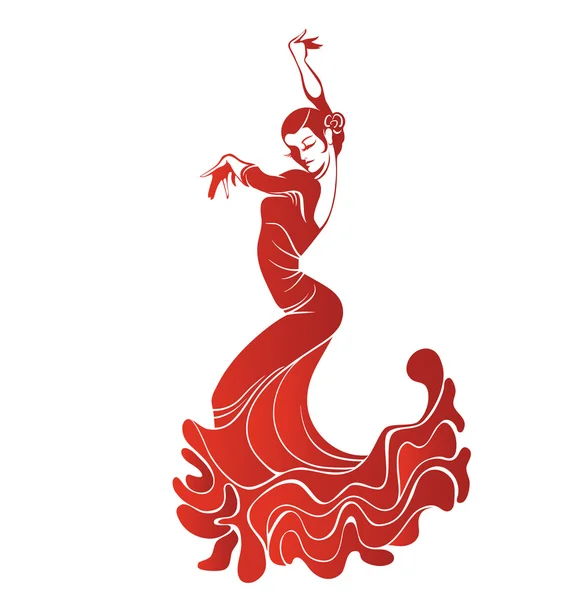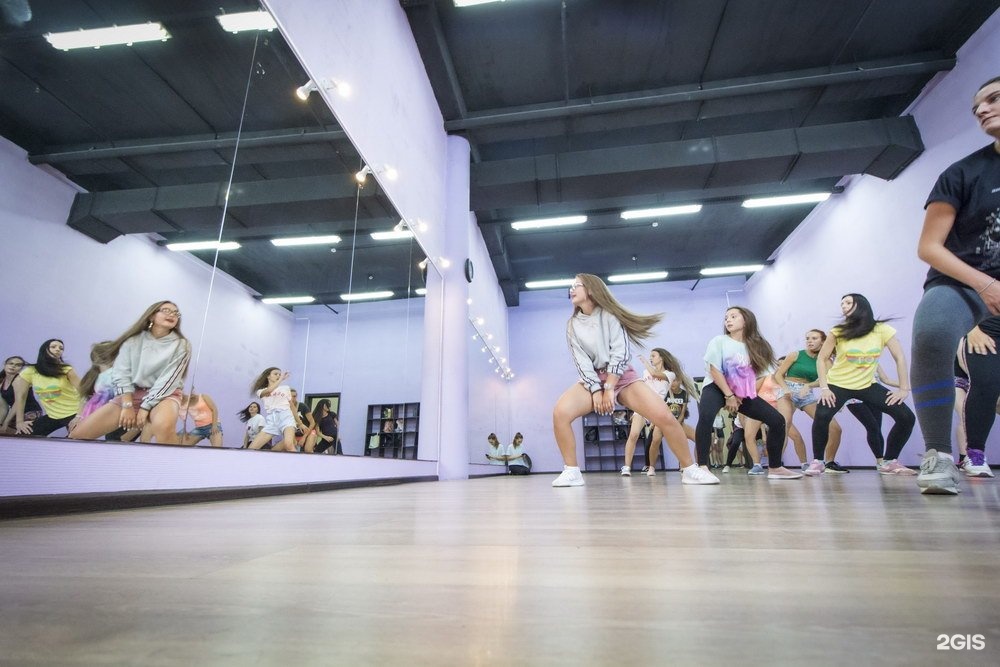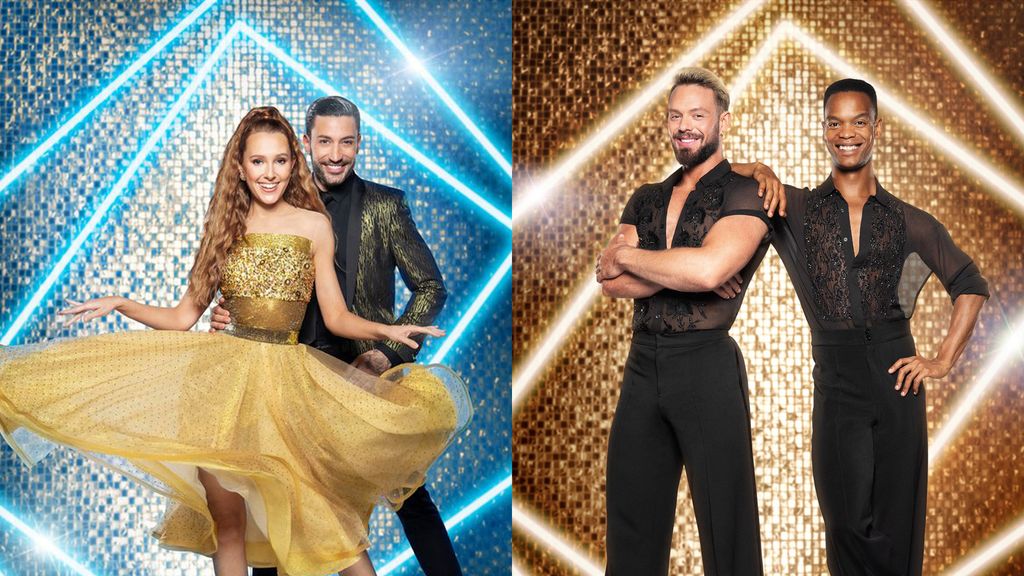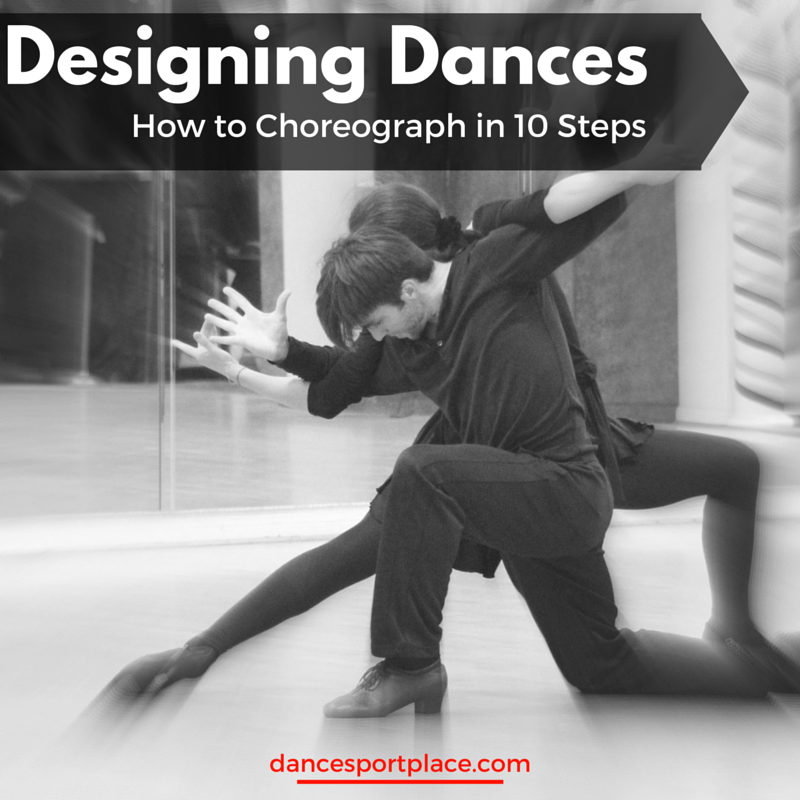How to get a ballet dancers body
How to Get a Ballerina's Body (According to trainers)
Known for their beauty and grace, ballerina’s have a distinctive body-type that comes from years of specific training.
Whether you want to become a ballerina yourself or you simply admire the body, it IS possible to approximate the look of these incredible dancers.
But a word of warning: It’s going to be hard work!
So how can you get a body like a ballerina?
To get the long, lean, and toned body of a ballerina, your best bet is to spend a lot of time on strength and flexibility. Yoga and Pilates are perfect for both, but you can also supplement with some high-rep strength training in the gym.
You’ll also need to perform lots of cardio, specifically dancing! It’ll help you lean down and develop grace and fluidity to go with the toned physique.
I asked a few fitness instructors and dance instructors for their best tips on how to get a ballerina’s physique, and here’s what they said.
What Are the Hallmarks of the Ballerina Physique?
There are many words that come to mind when you think of a ballerina: light, elegant, graceful, dainty.
But strong? Toned? Muscular?
Those last three rarely spring to the front of your thoughts — but they’re true, too.
Ballerinas may not do heavy weight training, but they have extremely powerful bodies capable of incredible grace and movement.
As Tori Hall, a Pilates instructor and former ballerina dancer lays out:
“Dancers all have amazing legs because they use them in all planes of motion. Most of our daily activities happen in the sagittal plane, such as walking.”
There’s lots of muscle definition there via strength, endurance and agility — it’s just not always obvious because it’s hidden under tights and the muscles are elongated and appear leaner.
But it’s not all about the legs, as dancing is really a full-body workout that tones you up and improves your posture and overall health.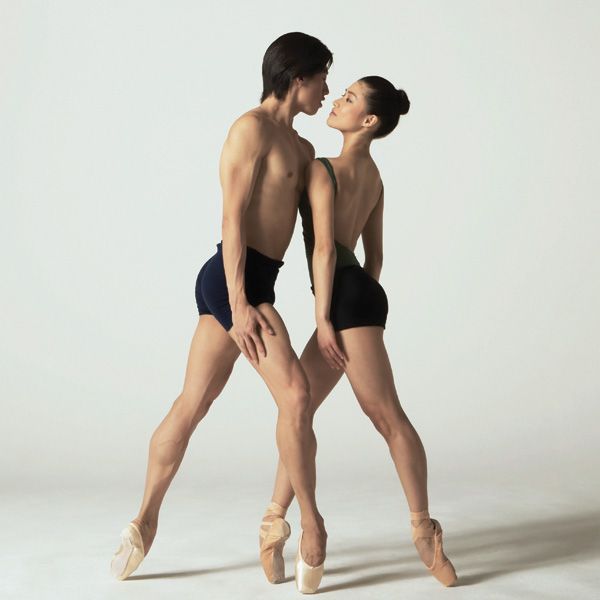
Ballerinas and other professional dancers also carry excellent strength and muscle tone in their upper body and core.
Donna Flagg, a classically trained ballerina and teacher, creator and founder of the Lastics Stretch Technique, refers to the dance as “constant cardio”.
The end result is:
- A lean but strong body
- Superior stretching ability
- High endurance
- Fantastic heart health
- Great posture and fluid movements
- Leg strength and muscle definition
Sound good? Of course it does!
You may not be able to train full-time with the help of a professional coach, but if you covet the long and lean ballerina’s physique, here are a few tips to guide your training.
8 Training Tips for a Ballerina Body
There’s a lot more to the ballerina body than just being dainty.
You need to focus on building and elongating your muscles, increasing stamina and strength, and you’ll have to work on your posture, too.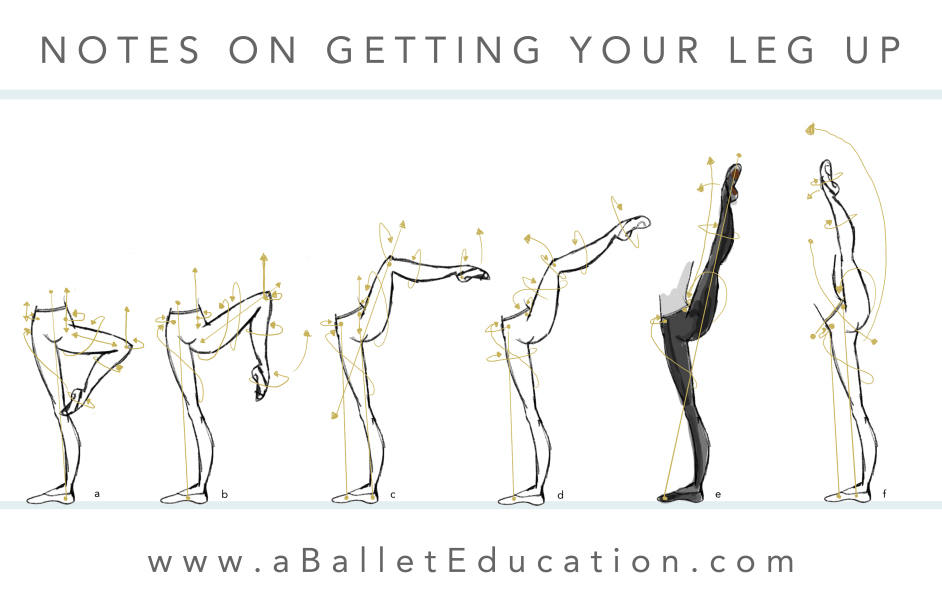
Let’s take a look at how you can get it done.
#1. Eat Well to Fuel Your Body
Donna Flags bluntly states, “We (ballerinas) tend to obsess about food.”
While there are ways this can and does go overboard, eating a healthy and balanced diet is still incredibly important.
You want to take in a diet rich in nutrients, including the nutrients that social media fitness gurus tell you are “bad”.
There are no bad nutrients, only bad ways to get them.
Instead of eating empty carbs like bagels and pastries, eat complex carbs like beans and whole wheat bread — they’ll be better fuel for your workouts.
Fats? Go for the healthy ones via fatty fish, not processed fats like those found in fried foods.
It’d also be a good idea to cut out liquid calories like alcohol, fruit juice and carbonated beverages.
Don’t limit yourself too much when it comes to what you can and can’t eat; you can still enjoy your favorite treats in moderation.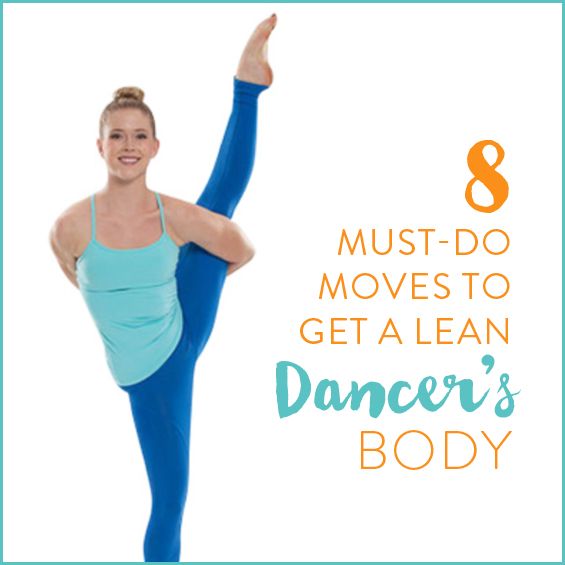
Yes, ballerinas tend to be lean and extremely toned — so if that’s the look you want, you may need to eat in a caloric deficit to lose some fat.
But with the prevalence of eating disorders related to dancing, you might want to consider working with a professional dietician or nutritionist to be as safe as possible.
The most important thing is fueling your body so you can crush your gym and dance workouts.
#2. Take a Dance Class
Not everyone wanting a ballerina body is actually a ballerina.
Some of you never plan to become one, either — but that doesn’t mean you shouldn’t take a dance class every once in a while, or ideally once a week.
Taking a dance class is a fantastic way to burn calories, develop the range of motion and agility of a dancer, and build insane stamina.
Dancing helps you develop better posture, too.
There are plenty of adult beginner ballet classes that will generally be your best option here, but you can take other forms of dance too.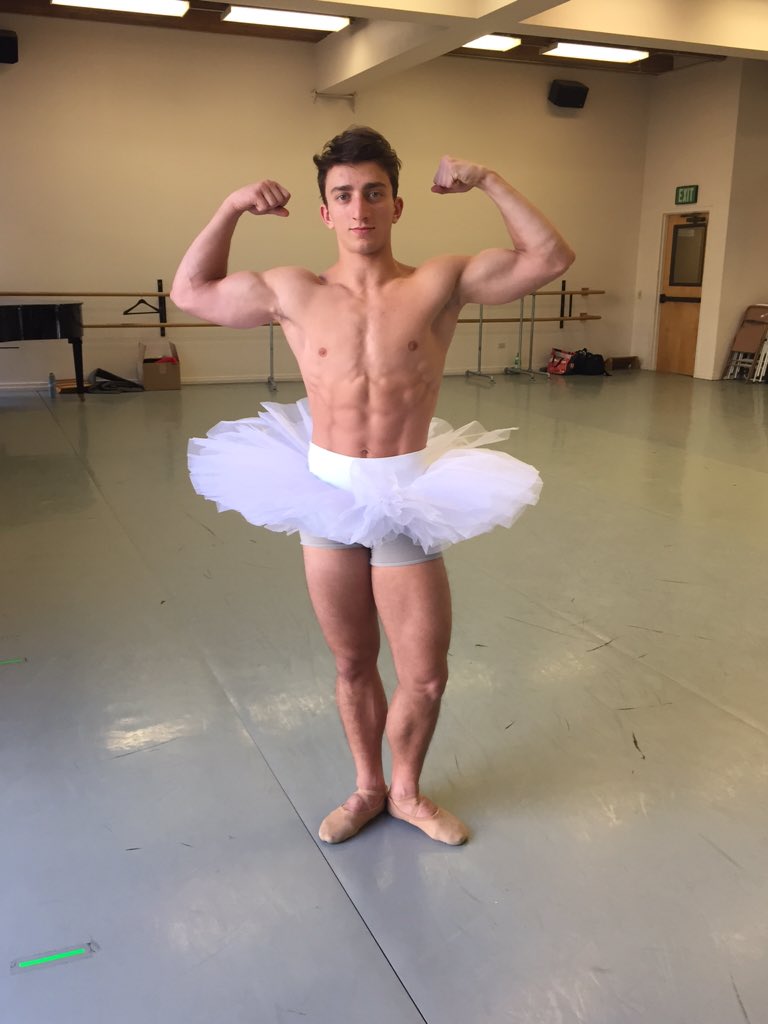
Make sure your dancing is similar enough to ballet to work the same muscles and give you the same benefits.
For example, modern dance is an okay alternative based on the flowing movements in it, but hip-hop is too different from ballet to suffice.
#3. Don’t Overlook Home Workouts
One of the best things about trying to covet a ballerina body is that the workout isn’t confined to dance glasses or even a gym.
There are some exercises you can do at home, too.
Here’s what Tori Hall recommends:
“Lateral lunges and plie squats with the feet turned out.
“Any movements to the side or in a slightly turned out position will help develop the inner thighs and outside of the glutes.”
These are easy to fit into your schedule. You can do them in one long session of intense reps, or you can do them on and off throughout the day.
Do the dishes, then do some pile squats.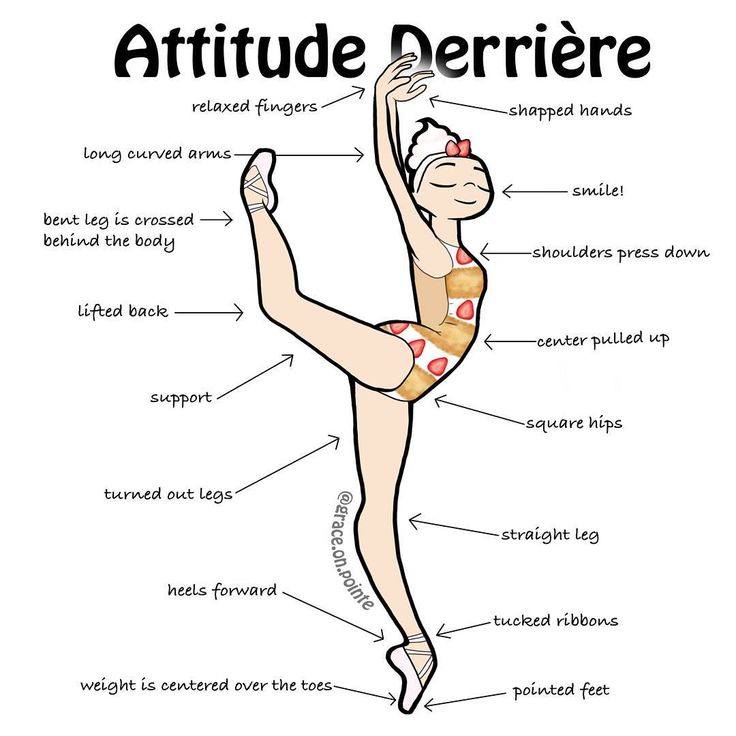
Send an email, do a few lateral lunges.
You’re always working your way towards that ballerina body whether you’re training intensely or casually working those muscles.
#4. Incorporate Plenty of Gym Workouts
The ballet body isn’t built only in the dance studio.
While the home workouts above work well, the gym can help speed things along and improve your results.
Going to the gym also helps if you need structure to be motivated to work out.
At the gym you can continue doing those lateral lunges and pile squats, and there may be ankle or hand weights there that you can use, too, to increase the difficulty of those movements.
Here’s what Tori Hall has to say:
“Professional dancers are dancing for 6-7 hours a day and they rarely do heavy weight training in order to maintain their lithe appearance.
“However if you’re a regular person with only an hour to get in and out of the gym I recommend adding some weight to speed up the process for muscle development.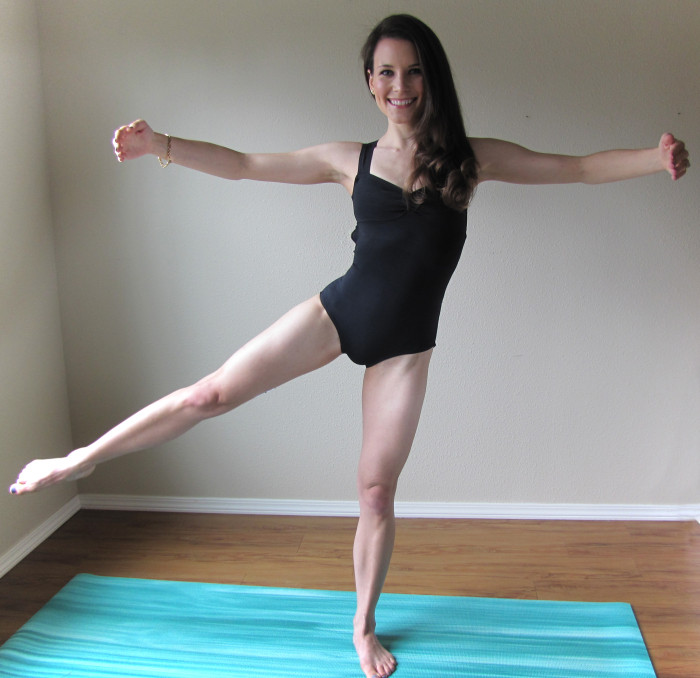 Ankle weights can also be a good option.”
Ankle weights can also be a good option.”
Alongside those movements with the ankle weights you may want to consider doing some very light leg work on some machines; work the thighs, calves, and glutes.
You can also consider lifting some light dumbbells to give you more arm strength — high reps of dumbbell curls and lateral raises work well for endurance, range of motion and toning.
The most important thing to remember is to avoid building up bulging muscles.
Focus on muscular endurance and see how long you can last with any exercise — go to exhaustion and try and increase your reps and sets without adding more weight or resistance.
#5. Do Lots of Cardio
Cardio is a must for the ballerina physique.
It helps you increase your stamina, shed excess weight, and get leaner without adding bulky muscles.
Donna Flagg says ballet is “whole body weight work all the time, combined with constant cardio.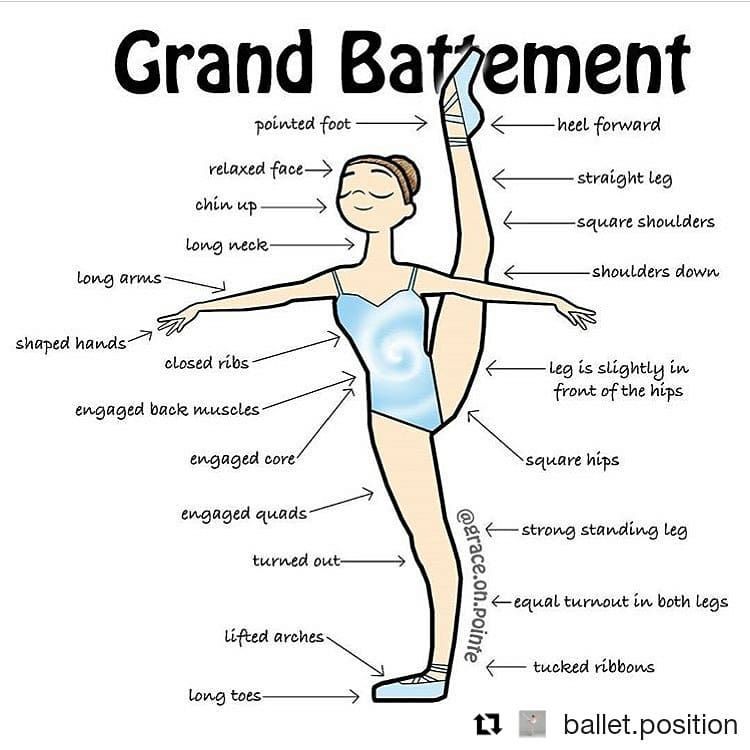 So the muscles are working and calories are burning at the same time.”
So the muscles are working and calories are burning at the same time.”
Pick your favorite cardio option, whether it’s:
- Running
- The elliptical
- The StairMaster
- Spin class
- Boxing
- Or something else!
You can even mix and match all different kinds of cardio for exceptional results.
#6. Practice Pilates
Tori Hall says “I may be a little biased but I highly recommend Pilates as well!
“Professional ballet dancers have a certain air about them created by amazing posture. A great Pilates instructor will help you find your perfect posture and strengthen your posterior chain.”
Many gyms offer Pilates classes along with your membership, or you can join up at a Pilates studio like Club Pilates.
(See more about Pilates studios vs gym Pilates.)
If you’d rather go it alone, YouTube is packed with follow-along Pilates lessons and sessions.
Engaging in Pilates will help with your range of motion.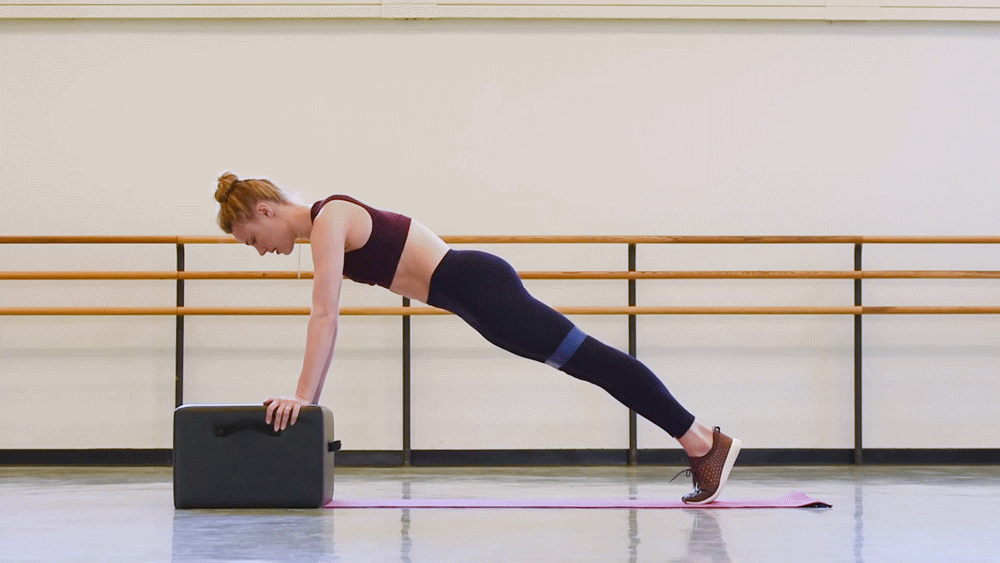
It helps you stretch and elongate your muscles, but more importantly, it adds strength endurance to your muscle tone without excess bulk.
It can help you achieve a healthy and graceful posture, too. You’ll end up looking like a dancer and holding yourself like one.
A few sessions a week should be plenty to help you on your way to the physique, with a minimum of one weekly session if you’re struggling to find the time.
Pairing Pilates with some of the other classes recommended in these tips would be ideal if you’re only doing one Pilates session per week.
(Learn more about the results you can see from Pilates in one month or more.)
#7. Dive Into Yoga
While Pilates can help with flexibility and strength, it doesn’t focus on fluidity.
So, alongside Pilates you should consider taking yoga classes.
One Pilates class and one yoga class per week is a good starting point — but if you’re only going to do one of the activities, then 2 – 3 sessions of your chosen workout is ideal.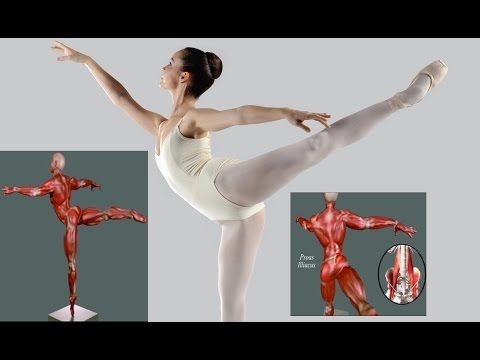
During your yoga sessions, you should focus on smooth transitions between poses, or “flow.”
This will help you move like a ballerina, graceful and smooth.
Yoga is also great for building endurance as you learn to hold poses and stretches for longer and longer.
As your muscles elongate with your yoga poses, they also strengthen.
If classes aren’t for you then consider following along with an instructor on YouTube, like Yoga With Adriene who produces 30-day runs of daily yoga sessions.
#8. Adopt a Stretching Regimen
Donna Flagg says, “Dancers stretch… a lot!”
So while you’re busy toning your muscles and working on your dancing endurance, don’t forget stretching and recovery.
It’s a crucial component of your flexibility training, even if you’re doing regular yoga and Pilates, too.
You can get even more out of your stretches by taking a lastics stretch class.
It was created by a dancer, for dancers, so it’s perfectly designed for people who want to obtain a ballerina’s body.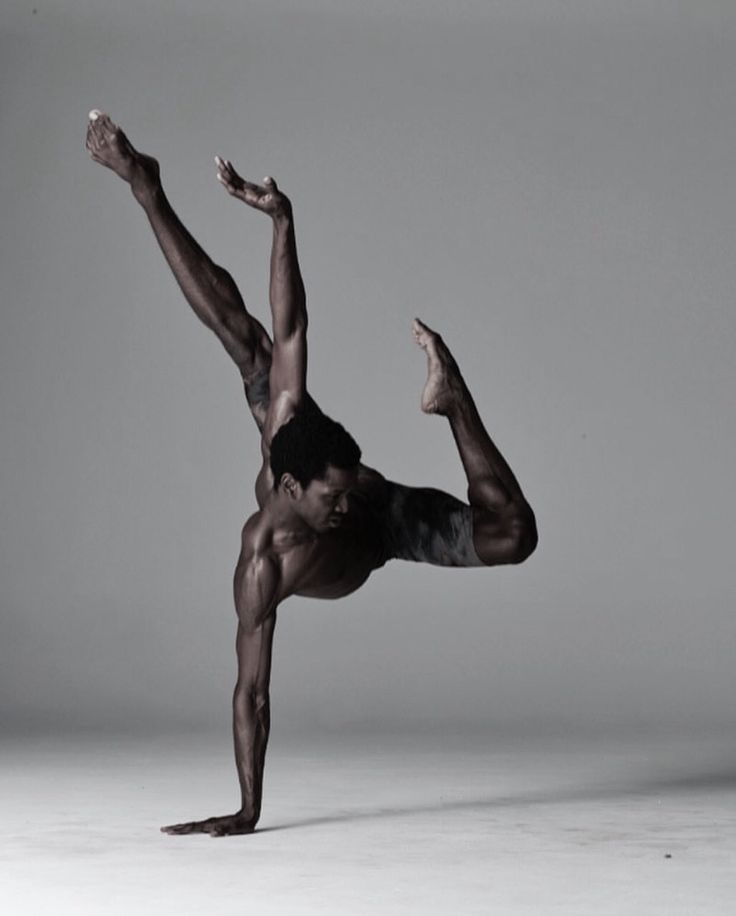
Lastics stretching works to lengthen your muscles so you can build strength without building bulk, and helps you learn to bend and stretch “like a rubber band.”
Learn more about the amazing results you can get from stretching regularly.
Wrapping Up
The keys to a ballerina physique, again:
- A heavy emphasis on flexibility and fluidity
- Regular yoga and/or Pilates
- High-rep strength work in the gym
- Tons of dancing and/or other cardio
To really look like a ballerina, you’ll have to get quite lean and lose some fat — it’s best and safest to work with a professional dietician to find a plan that works for you.
But otherwise, you’ll need to eat plenty of nutritious foods to fuel your intense workouts!
After all of this training, you’ll gain a new appreciation for just how hard ballet dancers work.
For more, check out:
- How to get a sprinter’s body
- How to get a distance runner’s body
- How to get a swimmer’s body
- How to get a rower’s body
- How to get a soccer body
- How to get a K-pop idol body
Hope this helps!
How to Get a Dancer's Body
Media Platforms Design Team
Simone De La Rue is responsible for the covetable toned limbs and abs of a bevy of boldface names like Karolina Kurkova, Naomi Watts and Sandra Bullock.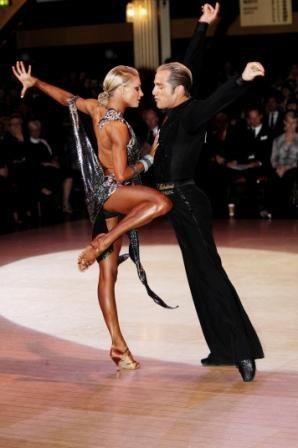 Her clients, devotees of the Body by Simone method (or BBS for short), swear by her powerful dance cardio sweat sessions and tailored toning moves. The Aussie (who was born in England) opened her personal studio in November of 2011 and is quickly taking over the dance fitness world. "At some point in their lives every woman has danced, or wanted to dance," she says of the cult workout movement. But her studio is more than just a way to get in shape for the new year, it's a place to hang with your girlfriends and let loose. "I always say, leave your ego at the door. I don't care if you don't get the step right. Just keep moving!" Click through to learn the secrets behind her BBS method.
Her clients, devotees of the Body by Simone method (or BBS for short), swear by her powerful dance cardio sweat sessions and tailored toning moves. The Aussie (who was born in England) opened her personal studio in November of 2011 and is quickly taking over the dance fitness world. "At some point in their lives every woman has danced, or wanted to dance," she says of the cult workout movement. But her studio is more than just a way to get in shape for the new year, it's a place to hang with your girlfriends and let loose. "I always say, leave your ego at the door. I don't care if you don't get the step right. Just keep moving!" Click through to learn the secrets behind her BBS method.
Media Platforms Design Team
1 of 4
Harper’s Bazaar: How did you get into fitness?
Simone De La Rue: I danced all my life and accidentally fell into fitness. I trained in classical ballet from the age of 3 and worked professionally for 16 years — I did the West End in London and Broadway here in New York.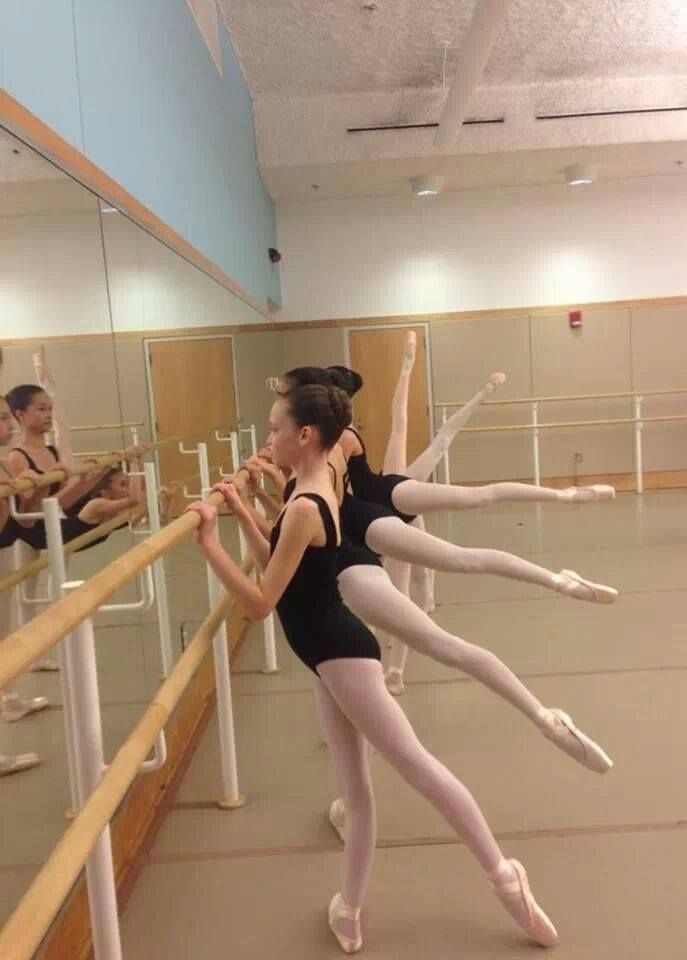 And it happens that one of the shows I was supposed to be doing was canceled two days before we were supposed to start rehearsals. And that was supposed to be a year-long contract. I had been working in fitness on the side at the time and it also happened to be the start of everyone’s obsession with wanting to have a dancer's body — it was The Black Swan era.
And it happens that one of the shows I was supposed to be doing was canceled two days before we were supposed to start rehearsals. And that was supposed to be a year-long contract. I had been working in fitness on the side at the time and it also happened to be the start of everyone’s obsession with wanting to have a dancer's body — it was The Black Swan era.
HB: So how do you get a dancer’s body?
SDLR: The typical way to get a dancers body is… dance! It’s because dance is a total body workout. You are not sitting on a bike and cycling or running or weight training. The idea is the body is long and lean and never at rest, just really burning calories. It’s fluid, liquid-like movement, and it’s continuous. I developed my technique, Body by Simone, over years of being a professional dancer. You do 8 shows a week, and it gets quite strenuous on the body and repetitive. So before a show, you have half an hour on the stage where you can warm up.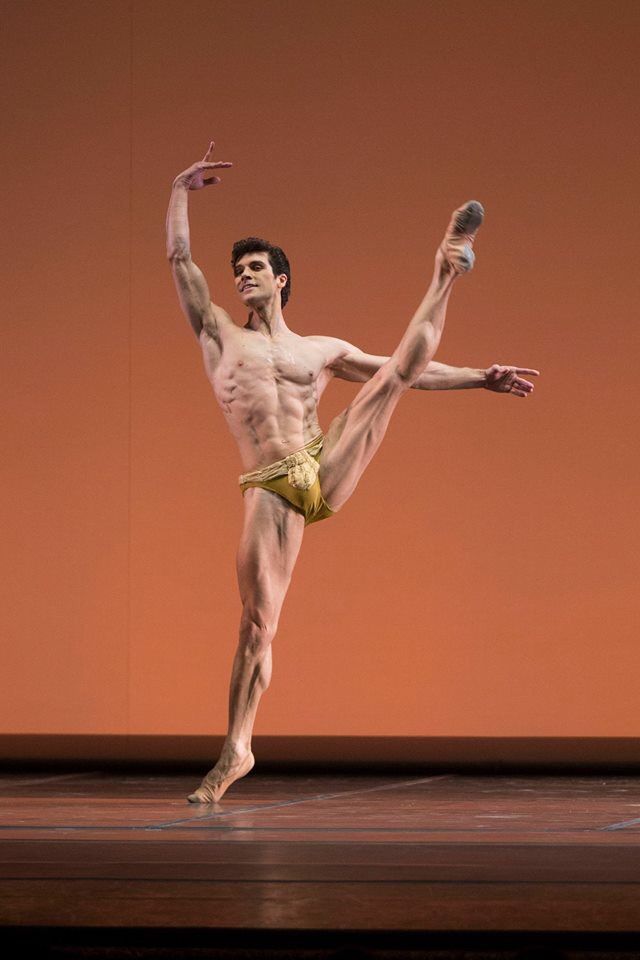 And that is where I created my BBS warm up that I used over the years to protect my body from injury. I kind of combined little bits of it into what is now my signature cardio dance routines.
And that is where I created my BBS warm up that I used over the years to protect my body from injury. I kind of combined little bits of it into what is now my signature cardio dance routines.
Media Platforms Design Team
2 of 4
HB: Growing up as a professional dancer did you always find that the industry had a relatively healthy body image?
SDLR: No, it is tough, especially for me since I grew up in classical ballet. I’m lucky I never had an eating disorder. Some of my friends did. That is why I took a detour to musicals, they are a little more accepting of different shapes. I’ve got really broad shoulders and I still remember the day when I was 16 and the ballet school didn’t even let me dance, it was like being a model, they just made me stand there and turn, turn, turn, while they judged me.
HB: Can you explain the BBS method further and why it works so well.
SDLR: The classes we offer complement each other.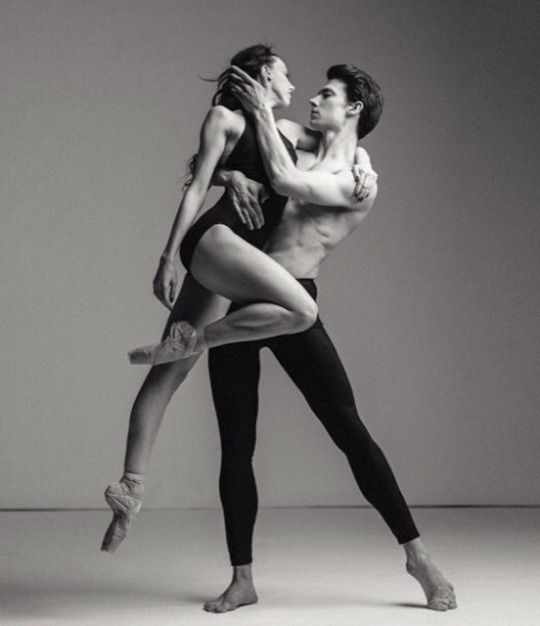 It is basically 45 minutes to an hour of dance cardio and the other hour is just strictly toning. Obviously people don’t have 2 hours a day to work out, so we also do some classes that are 45 minute body blasts. You need at least 20 minutes of cardio a day, I think. It used to be you were supposed to do 30 minutes straight and now scientific research has said short 10 minute bursts tend to work better. So you do like 10 minutes of cardio, sculpting and arms, then more cardio. Plus, it goes faster.
It is basically 45 minutes to an hour of dance cardio and the other hour is just strictly toning. Obviously people don’t have 2 hours a day to work out, so we also do some classes that are 45 minute body blasts. You need at least 20 minutes of cardio a day, I think. It used to be you were supposed to do 30 minutes straight and now scientific research has said short 10 minute bursts tend to work better. So you do like 10 minutes of cardio, sculpting and arms, then more cardio. Plus, it goes faster.
HB: Any recommendations for nutrition, any hard fast rules?
SDLR: I think fitness is 80% diet, 20% exercise, which as someone in my field I should be saying 80% exercise, but it really is about what you eat. Obviously the exercise will complement that, and you will see faster results and quicker weight loss with BBS, but it really is about what you are putting into your body. I try to keep the amount of alcohol down as much as possible can. We are going to have a cafe in our studio called Hu Kitchen, and it is based on the Paleo diet, so no grain, no dairy, no gluten, hardly any sugar or starch.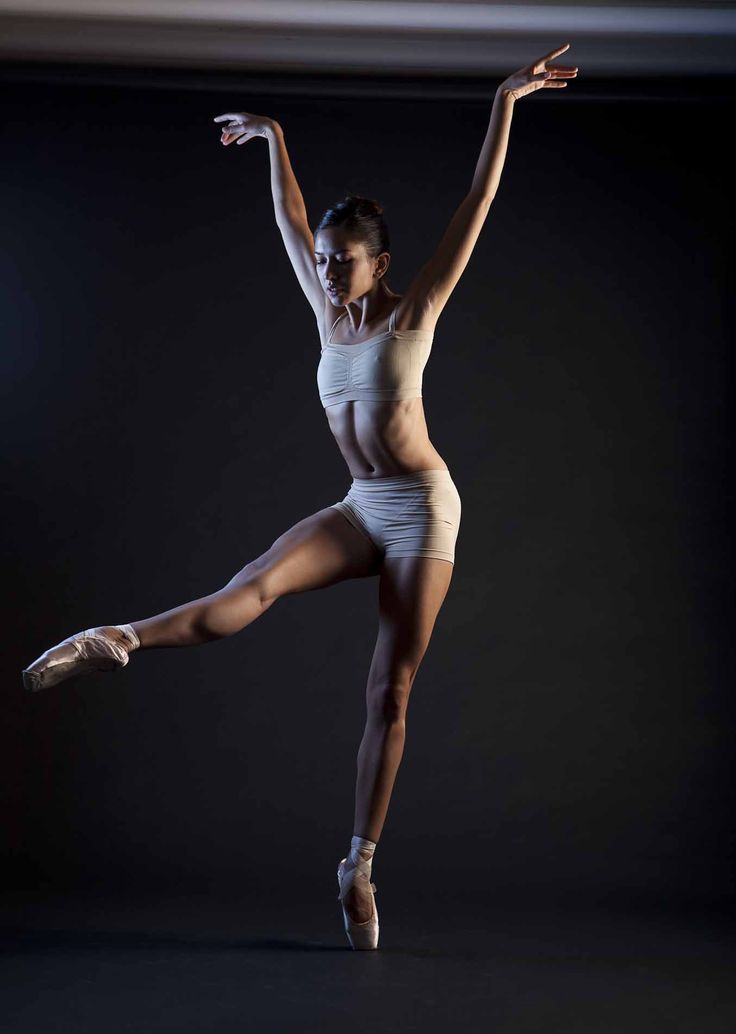 It's a lot of vegetables and protein. For me that is what works best — a very heavy protein diet, I don’t have many carbs at all.
It's a lot of vegetables and protein. For me that is what works best — a very heavy protein diet, I don’t have many carbs at all.
HB: Any superfoods you swear by?
SDLR: I’m obsessed with kale. And I love turkey. Other than that I just try to remember my green juice.
Media Platforms Design Team
3 of 4
HB: Any plans for more BBS studios?
SDLR: We are definitely going to open up this year in LA. We have also been looking at a space on the Upper East Side. For now, we have BBS-TV, which is like online streaming. It’s a monthly subscription, like Netflix, and you have access to all of the videos. We have 25 videos on there at the moment, you can do 45 minutes of dance cardio, we have 5 different options of that. There is also a trampoline workout and a jump rope cardio for people who don’t want to dance. If you have 10 minutes we have arms. There are abs, and legs, full body blast, and even a couples workout.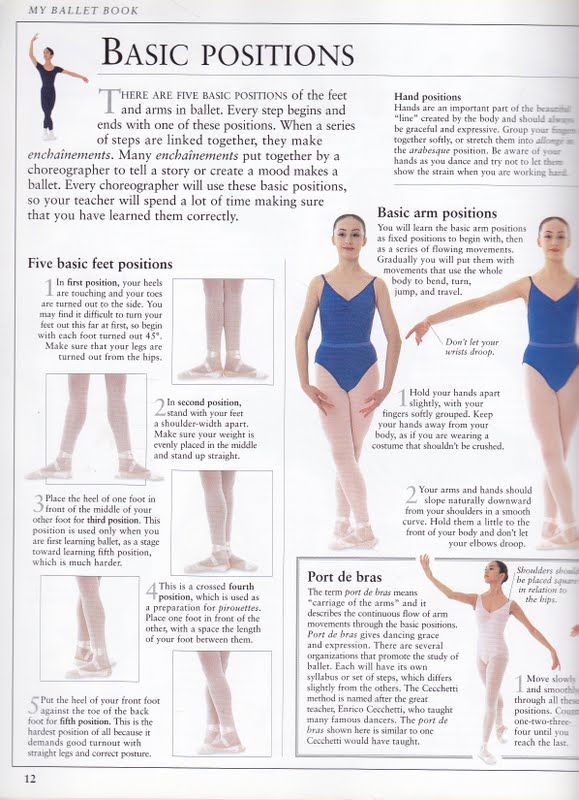
HB: Where do you find your instructors?
SDLR: Everyone at BBS is a professional dancer. Three of my head trainers I have known for 15 years. We worked together on musicals in Australia, and London and here.
Media Platforms Design Team
4 of 4
HB: What about music and fashion, any workout faves?
SDLR: I'm obsessed with the new Florence and the Machine and Bruno Mars — in cardio you need 132 beats per minute to get the heart rate up. I’m also obsessed with Newton shoes. I call it an old man's triathlon shoe. I love them because they are so light, they don’t smell, they breathe and come in really fun colors. I’m also in the process of doing my own workout line, because I’m wearing it all day long and I think a lot of the stuff out there is quite generic and I want to make it more funky, more street.
How to achieve the perfect figure without dumbbells and simulators
June 29, 2016 #I'm creating myself #adidasurbantri Health
Ballerinas are said to practice for hours at the barre and not eat anything.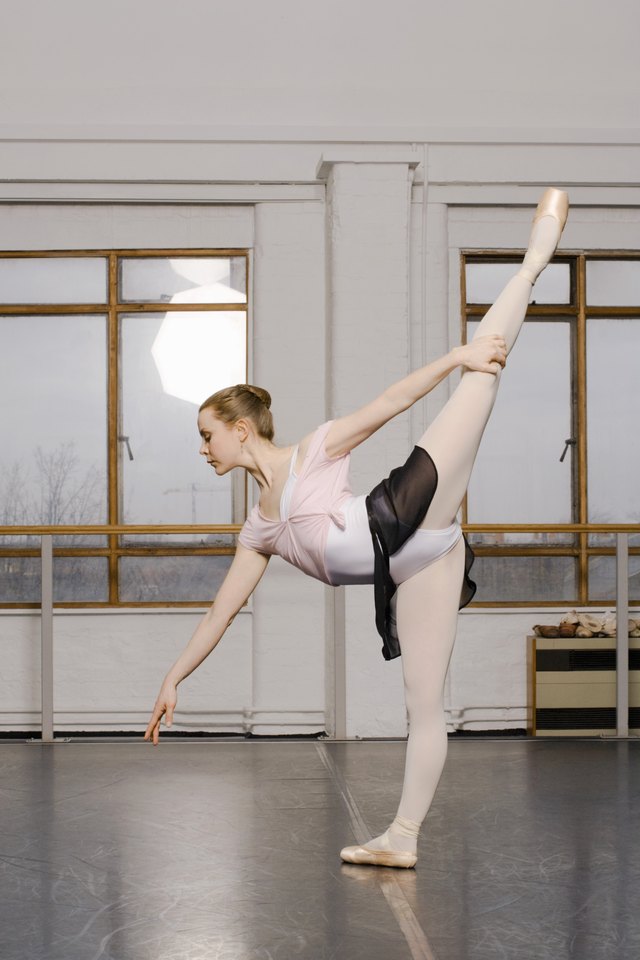 That is why they are so light and airy. Body ballet does not require such sacrifices, although ballet endurance is needed in it. But what a result!
That is why they are so light and airy. Body ballet does not require such sacrifices, although ballet endurance is needed in it. But what a result!
I continue to explore different sports as part of the adidas "I create myself" project. I am looking for the perfect workout that will help keep myself in shape and will interest in something other than sports results, inspire and make me take myself seriously.
adidas #IcreatemyselfBodysuit or ballet
Going to bodyballet, I was a little nervous. I am one of those people who collect all the corners and fall out of the blue. What kind of ballerina am I? But for this, complex goals are needed to make it more interesting to achieve them.
adidas #I'm creating myself In the training session that took place at Strelka, there was much more bodysuit than ballet. From the outside, the lesson might have seemed like a simple group aerobics, if not for one thing: the same ballet. This meant that any movement must be performed with lowered shoulders and a straight back (ballet posture), keeping the legs turned out, in ballet positions. Well, the hands should move smoothly and beautifully, as if you were on stage. No squats and swings, only plies and batmans. And it's not the same at all. This is a special technique that makes ballerinas look so amazing.
Well, the hands should move smoothly and beautifully, as if you were on stage. No squats and swings, only plies and batmans. And it's not the same at all. This is a special technique that makes ballerinas look so amazing.
But plié and passé alternated with the usual cardio warm-up, asanas, everyone's favorite plank and strength exercises. The music at the sports party was also not at all classical ballet: a group of DJs was responsible for the mood and vivacity.
I wanted a little more ballet, that is, to stand at the barre and look at it all in a huge mirror. For technical reasons, this was not possible: the training took place in the open air.
In general, body ballet is a very modern art form. And he is needed not so much for dancing, but for strength and self-creation in the truest sense of the word.
Perfection is difficult
The exercises that Lilia Skovorodnikova showed us help mold the body like a sculpture, work out all the muscles and at the same time make them beautiful.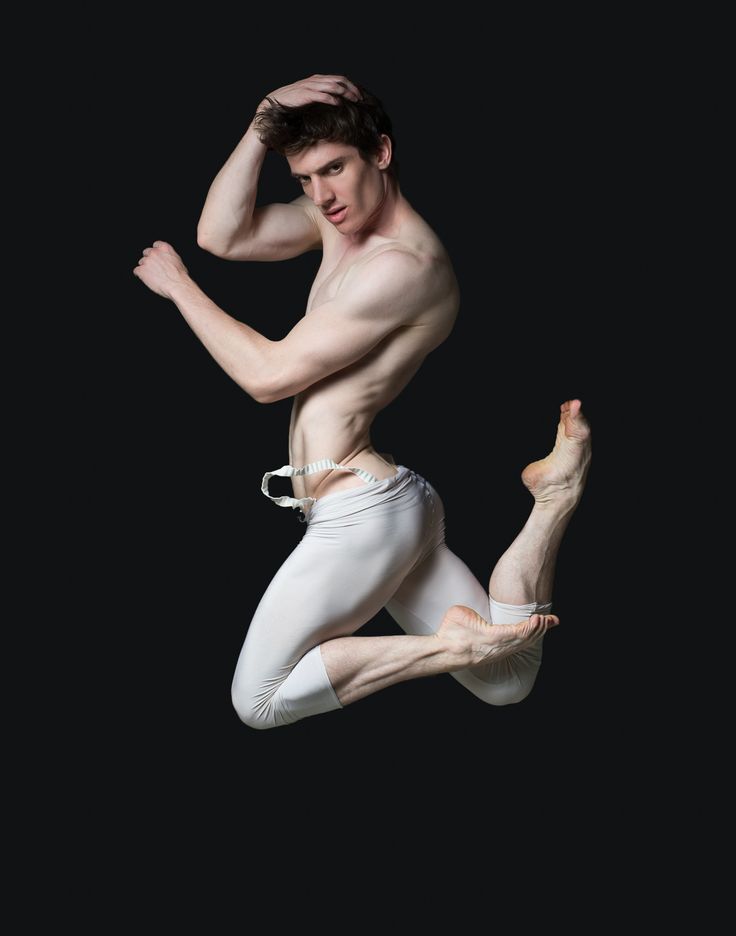
As the workout progressed, the hard truths were revealed to me.
- The leg does not turn out. It must be taken with hands and made in such a way that ballet is born in it.
- When the leg is turned, it will not rise. No way. And all because it is not enough to know anatomy in order to control your muscles. You need to train them.
- If you twist your leg correctly and still raise it, it will be terribly difficult. It is terribly difficult to contain pride in oneself.
Lilia Skovorodnikova
Ballerina, graduate of the Moscow Academy of Choreography at the Bolshoi Theatre, director of the classical dance studio "Balletomania"
Body ballet is a mixture of fitness, yoga, ballet, stretching, dance. I believe that this is just what modern girls need to be both strong and graceful. Body ballet is a strong load, and since the muscles work correctly, they form a beautiful toned body.
Approximately in the middle of the session, I had a desire to get up, roll up the mat and leave.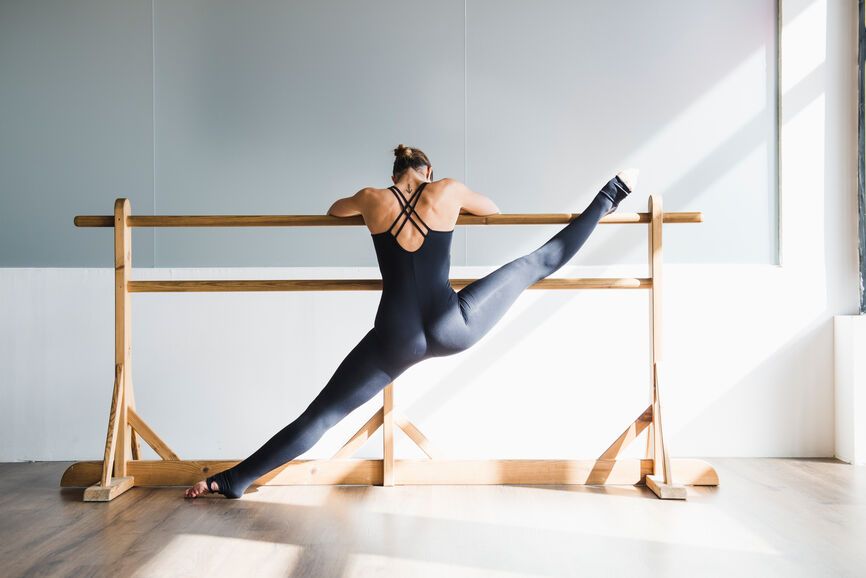 Yes, I just do not know how to move my arms and legs in this position!
Yes, I just do not know how to move my arms and legs in this position!
I was held back by a memory, oddly enough, of a doctor's office. It just so happened that I have to monitor the condition of the spine, constantly check with a neurologist and take courses of therapeutic massage. My doctor said:
Nastya, your posture problems are not caused by weak back muscles, you work them out. Your hip rotators do not work, because of the incorrect position of the pelvis, the spine also moves to the side.
adidas #I create myselfAnd only at the “I create myself” training in body ballet did I fully understand what the doctor was talking about. These muscles don't work for me! They almost do not get the load in everyday life, and in standard training they are given little attention. At least my exercise should consist of body ballet if I want to keep a cheerful gait until old age.
adidas #I'm creating myself But how hard it is. The final stretch was much cooler than the usual training hitch, we wanted to get the most out of our ligaments and muscles.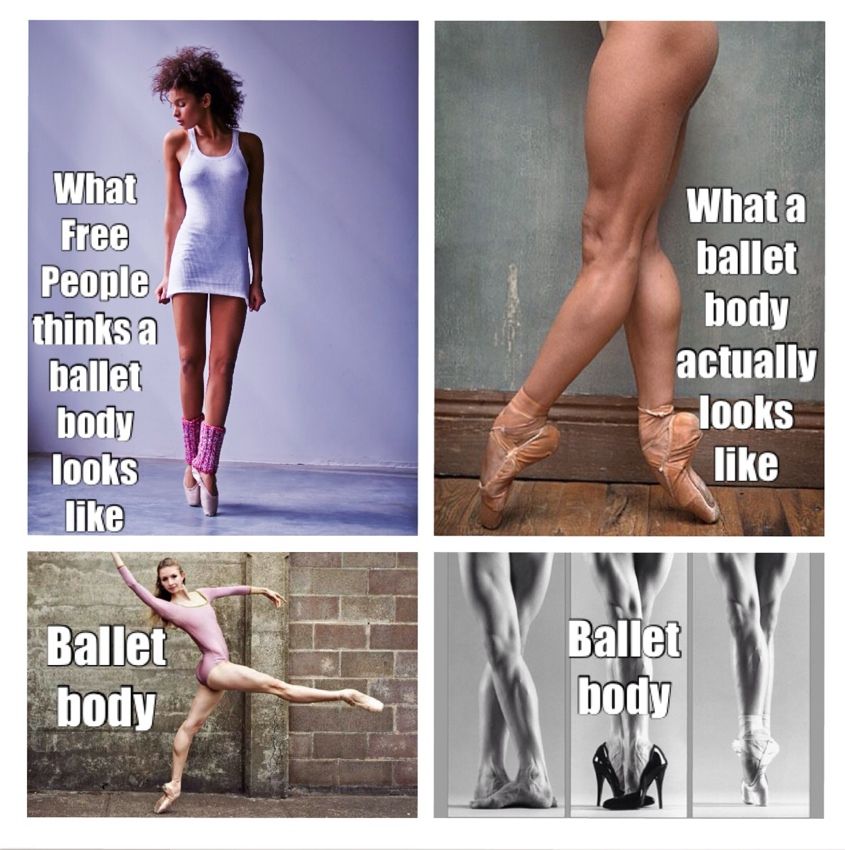 Ballet is unthinkable without splits and flexibility, such stretching always involves exercising through pain. So, it hurt, but I rested.
Ballet is unthinkable without splits and flexibility, such stretching always involves exercising through pain. So, it hurt, but I rested.
Why body ballet is worth doing
I would never believe that someone would voluntarily submit themselves to such grueling workouts two or three times a week. But Strelka was attended by girls who have been fond of body ballet for a long time. And you know what? They are unrealistically beautiful.
adidas #IcreatemyselfAfter class, the girls were given fruit smoothies. They were very useful, because the reserve of forces required urgent replenishment. While sipping on a fruit cocktail, I asked Lilia if body ballet would really help to make a figure like hers. “Of course, but for classes two or three times a week,” Lilia replied. And I believe her.
adidas #I'm creating myself By the way, you still have time to register for a training session and test the effect of body ballet on yourself. Or choose something else from the "I create myself" program.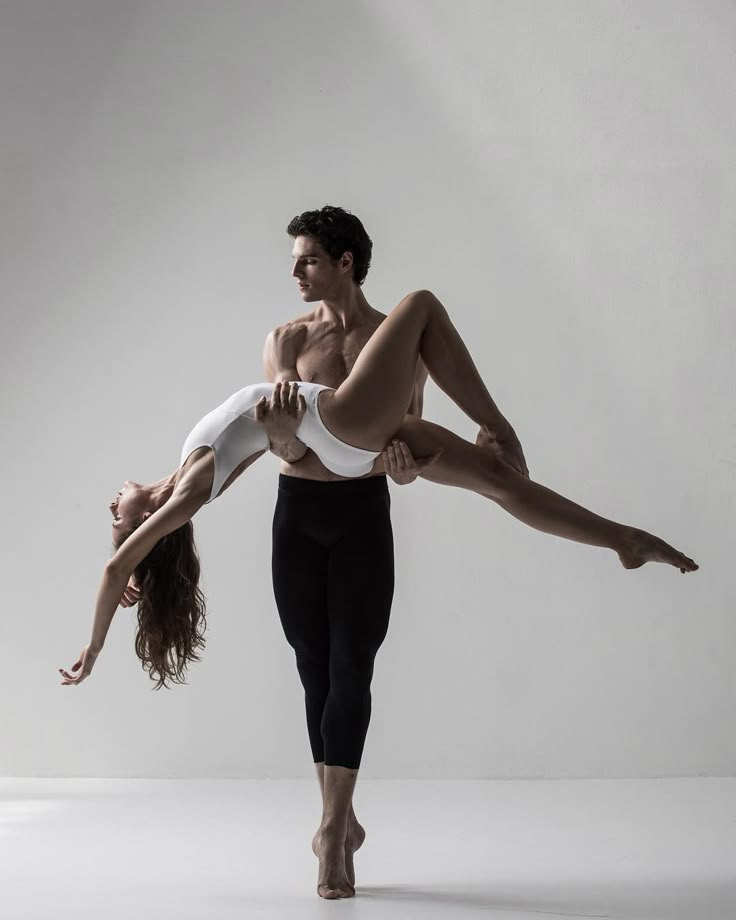
7 ballet movements that will tone the whole body - Woman Delice
The fact that ballet has long ceased to be just a high art and has become something like a fashionable fetish is no news to anyone. Something "ballet" - whether in shoes, in flowers or in silhouettes - is present on the fashion catwalks every season, and the prima stars of the top theaters are not inferior in popularity to football players. We have already written about the popularity of ballet as a fitness, but today we want to talk about this topic again: in the end, why not let some great sports into your life? Moreover, in terms of physical activity, bar training (training at the ballet barre) is in no way inferior to the promoted intensive programs.
7 ballet movements
Today, in almost every big city there are ballet studios for those who want to try this most graceful sport, and no special training is required - you will be taught everything on the spot. The level of difficulty varies: the initial workouts are focused on stretching, endurance and coordination, in more advanced groups they already pay attention to artistry.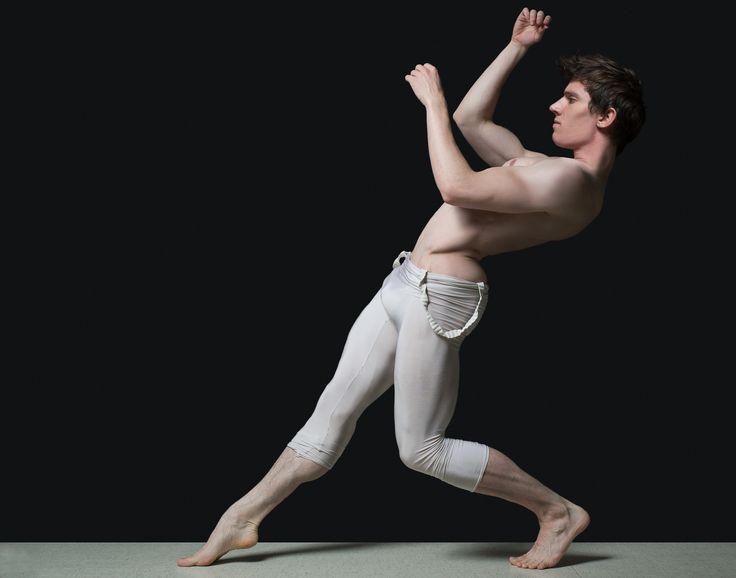 But whatever your level, ballet fitness differs from ordinary shaping or other group classes in one thing: a special aesthetics. And even if your forms are far from ballet, the smoothness of movements and graceful postures during training seriously change the sense of self.
But whatever your level, ballet fitness differs from ordinary shaping or other group classes in one thing: a special aesthetics. And even if your forms are far from ballet, the smoothness of movements and graceful postures during training seriously change the sense of self.
And if you're still wondering whether to call your nearest studio, here are examples of exercises from the Bar Training program, posted on her blog by American Ballet Theater dancer and part-time ballet fitness studio co-owner Katie Boren. Kati writes that this complex helps her and her students quickly tone the whole body, and she loves to do these simple (haha) exercises in her favorite sweatpants with a hole in the butt every day, at home, in the theater or in the studio .
Ready? 7 ballet movements that tone the muscles of the whole body:
GRAND PLIÉ
Where without plie! This movement, at first glance, elementary, tones the muscles of the shoulder girdle, body, priests and legs.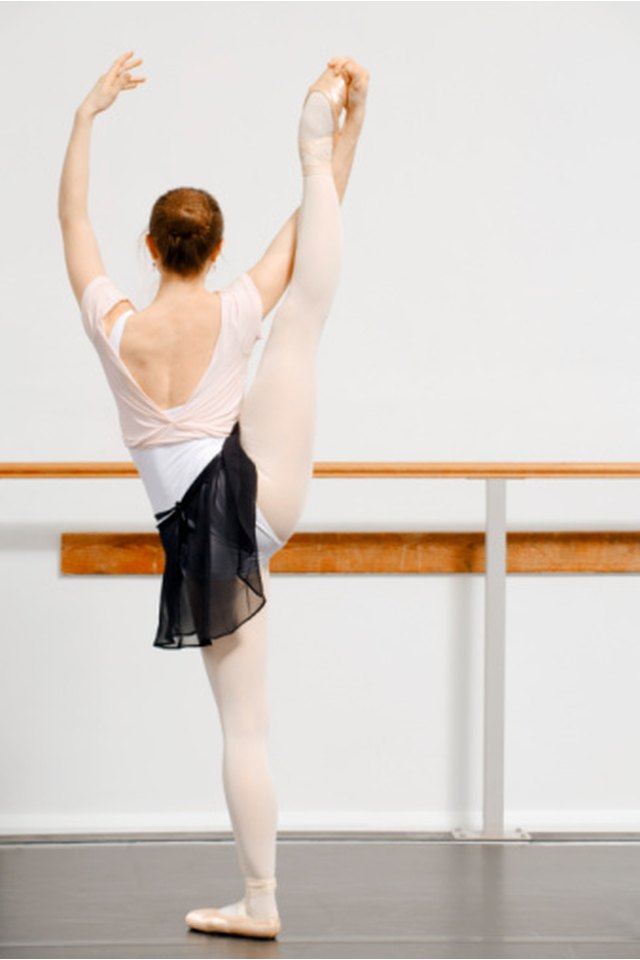 Turn the legs into the “first position” (as far as possible), keep the body straight with the abdominal muscles. Slowly lower yourself into a plié, try not to take your heels off the floor for as long as possible (it's very difficult, we tried it here!). Straighten your legs, return to the starting position. Do not forget about the hands - ii, time!
Turn the legs into the “first position” (as far as possible), keep the body straight with the abdominal muscles. Slowly lower yourself into a plié, try not to take your heels off the floor for as long as possible (it's very difficult, we tried it here!). Straighten your legs, return to the starting position. Do not forget about the hands - ii, time!
Single Leg Relevé
This simple rise tones and strengthens the rear surface of the hips and caviar:
Stretching with a tape
This is an equilibrium and stretching of the leg muscles. The tape is threaded through the arm, which lies on the barre and is fixed with the heel, after which the slopes are performed with the leg retracted back and up:
Stretching at the barre
Another classic exercise that works out a huge number of different muscles. The main thing is to keep the body so that the slope comes from the lower back, and the body does not arch to the side:
ÉCHAPPÉ
This is an advanced movement, and before you start it you need to master pointe shoes (a topic for ballet fans - pointe shoes are very rarely done in ordinary fitness groups, as it is quite traumatic).
